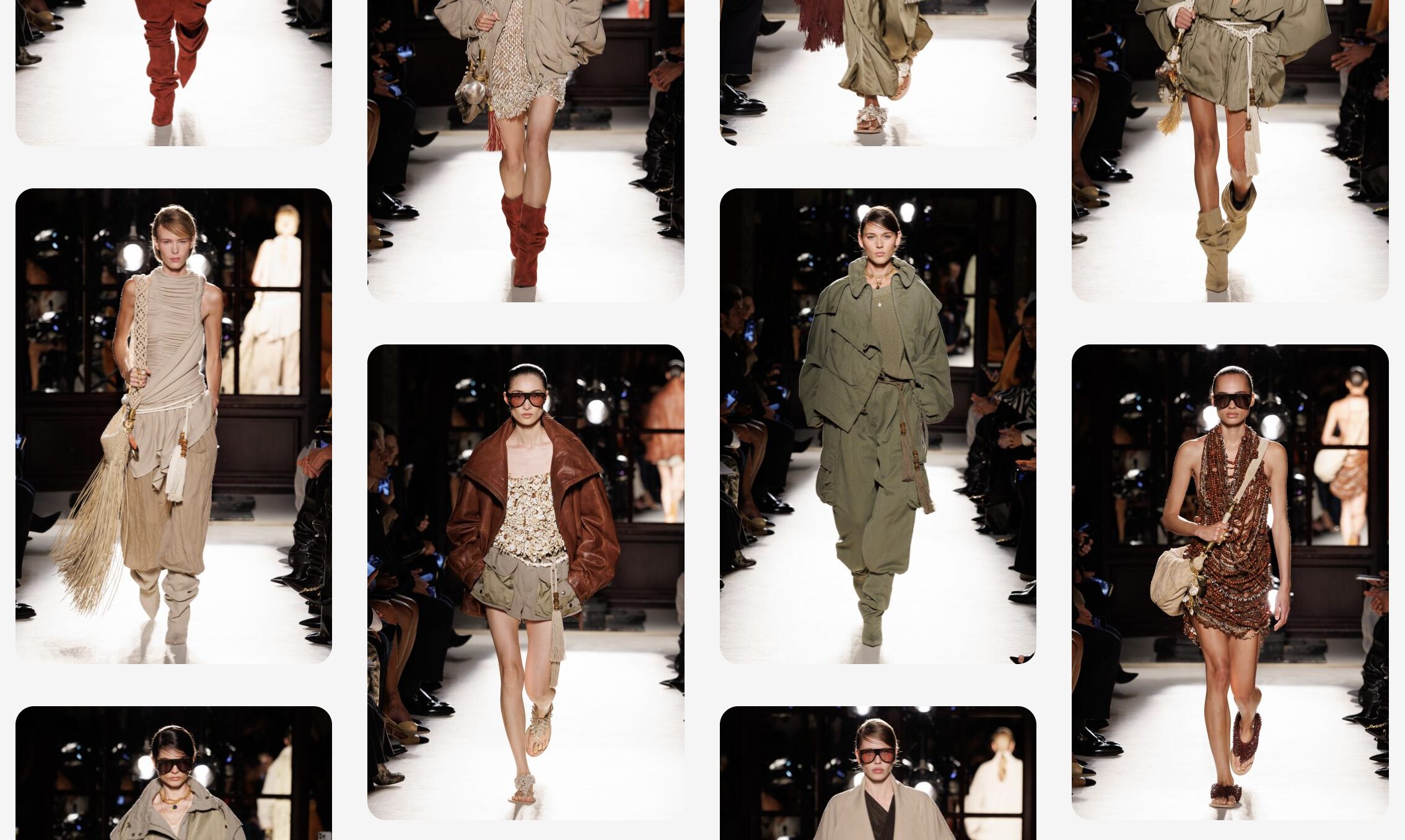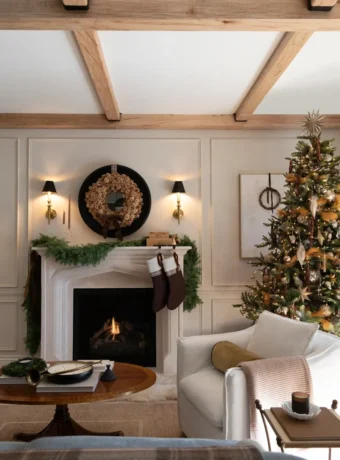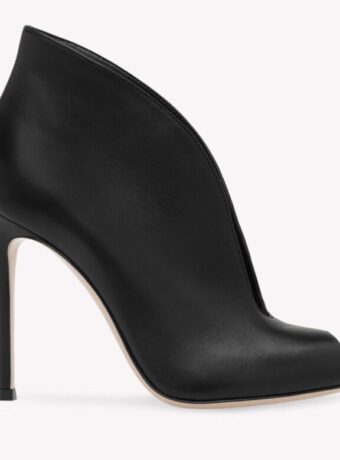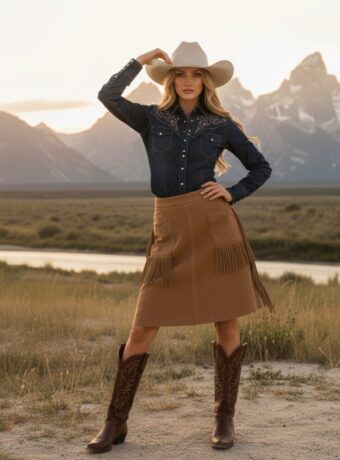Balmain SS26: When Armor Learned to Breathe
*Disclosure: This post may contain affiliate links. If you make a purchase, we may earn a small commission at no extra cost to you. Thanks for supporting TwoStep and Tequila!
Olivier Rousteing trades the battlefield for the shoreline — and rewrites what power dressing means in 2026.
A Sea Change in Paris
At the Grand Hotel in Paris — the same stage where he first took Balmain’s reins 14 years ago — Olivier Rousteing’s Spring/Summer 2026 “Continuum” collection felt less like a show and more like a self-portrait. Gone were the metallic shoulders and militant blazers of the Balmain Army. In their place flowed genie-pants, macramé fringe, and seashell-trimmed silk, catching the light like ripples on the Riviera.
It was Rousteing returning to his roots — both personal and creative — with a message that resonated far beyond the runway: power is no longer about armor, it’s about ease.
From Hard Lines to Soft Power
For over a decade, Balmain has defined digital-era opulence: architectural jackets, sculpted waists, and celebrity-grade swagger. SS26 flipped that formula. The silhouettes softened, the tailoring loosened, and the materials — chiffon, crochet, natural shell, rope — breathed.
Yet the power never left. It simply shifted inward.
Where Balmain once celebrated external protection — the woman as warrior — Rousteing’s new muse is unguarded. Confidence radiates from within rather than from sharp seams. This pivot mirrors the wider mood across luxury fashion in 2026: brands like Alexander McQueen, Versace, and Mugler are also dialing down aggression for fluid confidence and natural sensuality.
Rousteing just did it first — and best.
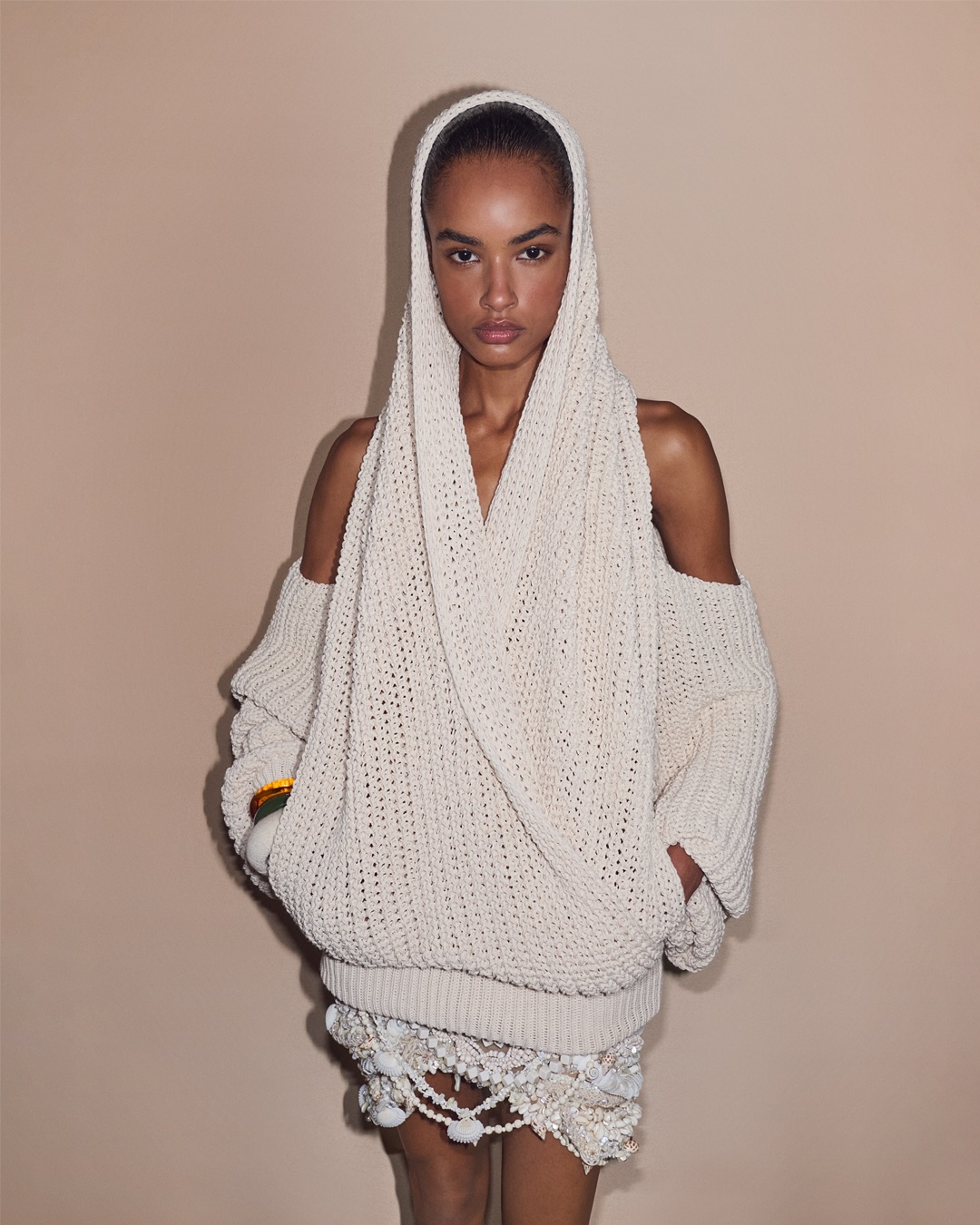
The Textures of Liberation
Rousteing’s palette tells the story: driftwood, coral, sand, oasis green. It’s his personal seaside nostalgia made couture. Seashells, ethically sourced and hand-appliquéd, replaced the gold buttons that once symbolized status. Crochet and macramé elevated humble handcraft to high fashion.
Every piece moved. Pants ballooned, chiffon whispered, fringe swayed — a tactile rebellion against rigidity.
In this, Rousteing quietly echoed Pierre Balmain’s original philosophy: “the architecture of movement.” Eighty years later, that idea returns not through tailoring, but through texture. The result is an effortless sensuality that signals where luxury is heading: toward craft that feels human again.
Continuum and the Mood of the Moment
Rousteing called this collection “an assemblage of reflections and emotions,” and the name Continuum captures its larger meaning for the industry. Fashion’s pendulum is swinging from the maximalist, armor-clad 2010s into an age of emotional authenticity.
Across Paris, we’ve seen it:
- Chloé re-embracing artisanal romance,
- Saint Laurent exploring relaxed drape over severity,
- Loewe turning sculptural minimalism into movement.
Rousteing’s Balmain leads that evolution. By softening the house’s once-rigid silhouette, he has made vulnerability aspirational. In a post-AI, post-pandemic world obsessed with transparency and individuality, that’s the truest form of luxury.
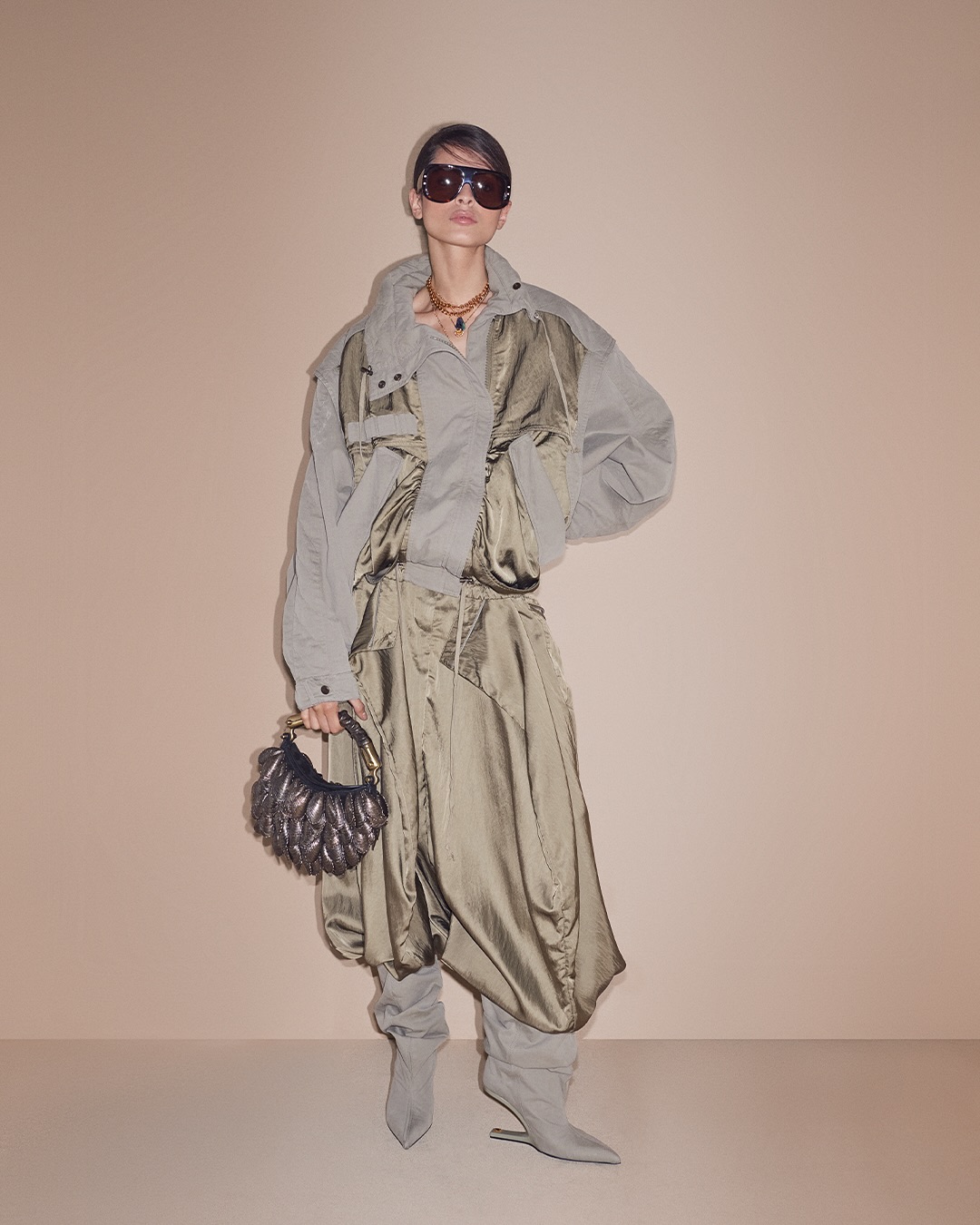
Why SS26 Matters Beyond Balmain
It Redefines Power Dressing – Structure now lives in spirit, not seams. Expect looser tailoring, liquid silhouettes, and tactile layering to ripple through ready-to-wear.
It Revives Handcraft – Crochet, rope, and shell embellishment reclaim artisan work as couture currency, signaling a shift from digital perfection to human imperfection.
It Bridges Heritage and Modernity – Rousteing isn’t erasing the Balmain Army; he’s teaching it to exhale. It’s a masterclass in brand evolution without identity loss.
It Sets the 2026 Tone – The global fashion cycle is pivoting to “soft glamour”: relaxed confidence, sensual texture, and coastal palettes that feel both escapist and grounding.
The New Balmain Woman
She still commands attention — but she doesn’t need to shout. Her power is in poise, her luxury in movement. She wears structure only where she chooses. Her confidence isn’t coded in sequins; it’s written in the way fabric follows her instead of fixing her.
Rousteing’s genius is realizing that in 2026, the ultimate status symbol is ease.
Style Note: How to Channel SS26
- Play with Volume: Pair structured pieces with fluid trousers or draped tops.
- Earthy Neutrals + Coral Accent: Driftwood beige with a single pop of marine color.
- Texture Layering: Crochet, fringe, or woven belts. Let the handwork show.
- Soft Gold: Trade metallic armor for jewelry that glints like sunlight on sand.
About Olivier Rousteing
Olivier Rousteing, born in Bordeaux in 1985 and adopted by a French couple, rose from quiet beginnings to become one of the most influential creative directors of his generation. After leaving fashion school early, he moved to Italy and joined Roberto Cavalli, where he learned how to fuse precision with opulence. In 2009, he joined Balmain under Christophe Decarnin and, at just 25, became creative director — one of the youngest in Parisian history and one of the first Black designers to lead a major French couture house.
Rousteing transformed Balmain into a global cultural force, merging the house’s sharp architectural tailoring with digital-era storytelling. Through his self-created “Balmain Army,” he turned followers into family and fashion into conversation, championing diversity and inclusivity long before they became industry mandates. His work — part couture, part cultural mirror — reflects both his search for identity and his belief that true luxury lies in belonging.
